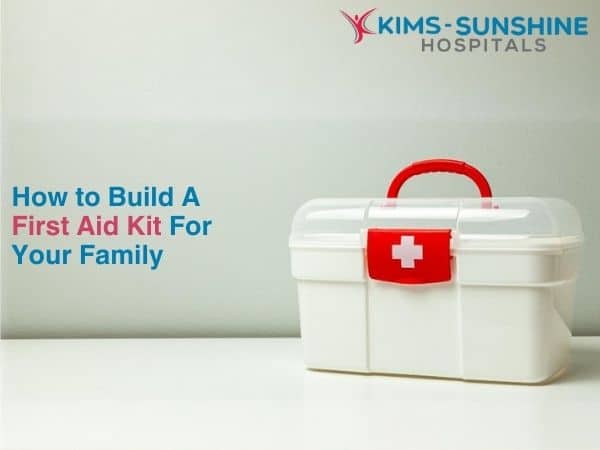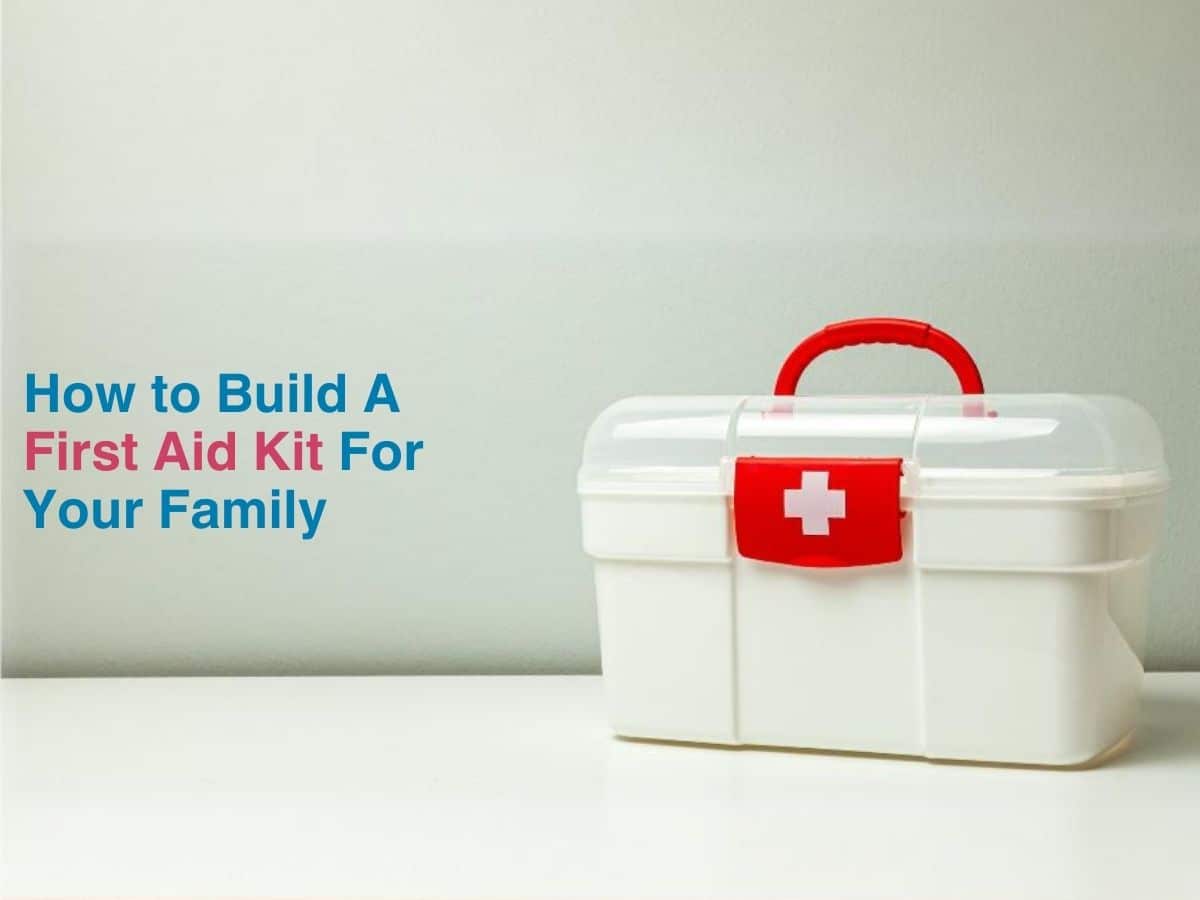
How to Build a First Aid Kit for your Family

Do you know what first aid is? It literally means the help you immediately get or offer when an emergency or accident occurs. For this, you should be equipped with specific tools to deal with such situations. One such super handy tool-box is a family first aid kit. You do get pre-made kits in medical stores but they can be expensive and may not have everything you need. The contents may just be useful for basic stuff. We think it is a great idea to invest some time and energy in making your own. Let’s begin right away!
How to Organize a First Aid Kit for Family Emergencies-
Ideally speaking, you should have separate kits for the home and your car too, just to be on the safer side. That way, if there is some shortage, you can top stuff up as needed from the other kit. Also, ascertaining the purpose of usage is super important. For home, you can concentrate on some common injuries you normally deal with and stock the kit accordingly. We think children should have a separate kit too, as they are not young adults and the medications they use are not as potent. It may also be used more often as children are clumsy normally. But if you’d like just one box for the house as a whole, then you can concentrate on building an exhaustive kit which will be useful in multiple situations.
Step-By-Step Guide to Assembling a Home First Aid Kit-
You should begin building the kit by finding a sturdy box to fit all the supplies in. You will then need to tell everyone where the box is and keep it in a spot which is easily accessible. Here is the list of items you should have in the box-
- Absorbent dressings- compress – 2 – 3 numbers
- Adhesive bandages- at least 30, of different sizes
- Adhesive cloth tape is handy to wind around or bandage any wound
- Antibiotic ointment – one time use packets and a tube too
- Antiseptic wipes – 5 -10 numbers
- Any pain killer like paracetamol, ibuprofen, aspirin etc.
- Pain relief spray
- Emergency blanket
- Cold compress
- Some gloves – 2 pairs – size Large
- Gauze bandage – 3 inch size – 1 number
- Sterile gauze pads of different sizes
- Steroid based or hydrocortisone cream
- Thermometer- oral – 1
- Triangular bandages – 3
- Tweezers
- Scissors
- All medicines and syrups that is taken regularly
- First aid manual
You should ideally be able to dress any wounds which are open or bleeding properly. Next comes the customisation part – where if for example you have someone who is allergic or diabetic- then you’d need to stock up on some insulin and epinephrine pens too. Someone with thyroid issues will require the hormone tablets while high BP medication needs to be there too, if it has been prescribed. Basic medications for diarrhoea, cough, cold, vomiting, pain, headaches and burns are all necessary. You should also put in a sheet of paper with emergency contact numbers, torch, plastic bags, scissors, hand sanitiser, alcohol wipes, mosquito repellent creams or even sunscreen.
Organise the supplies as much as possible with the proper labelling so even if you are not around, people can help themselves when there is an emergency. Finally, you should make it a habit to check the box every couple months or so, to replace expired supplies. When all this is done, you can huddle up and learn some basic first aid strategies properly.
Conclusion
You should always remember that first aid boxes need to be checked and supplies replaced routinely. First aid certification courses are important, especially when you have kids at home, along with any older individual or someone with specific medical needs. Learning first aid tips will also help you stay calm and assess an emergency in the right way. You can then provide help or calm the person down till medical help arrives. So remember this- a well stocked first aid kit is your friend and some technical know-how of first aid itself will not hurt.






